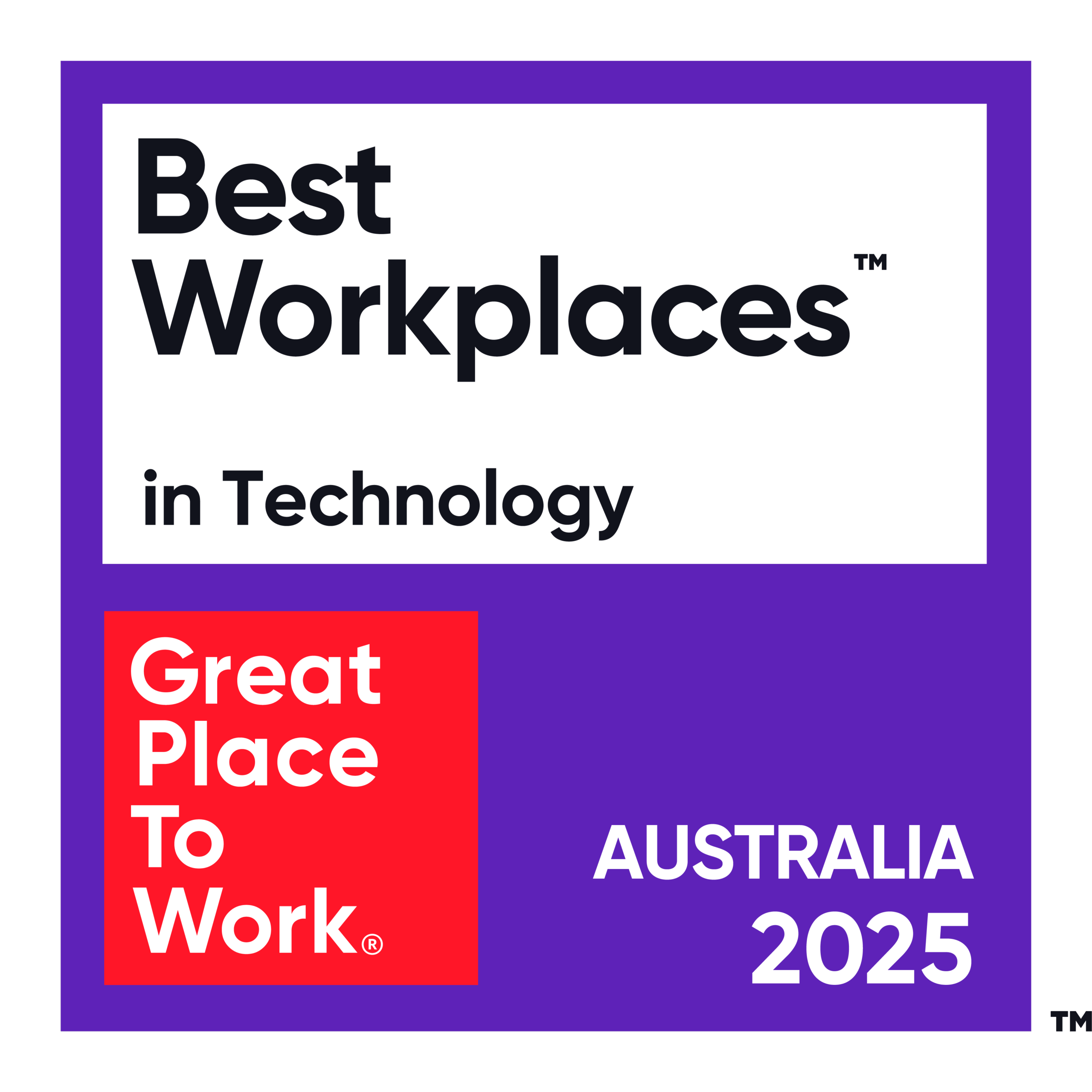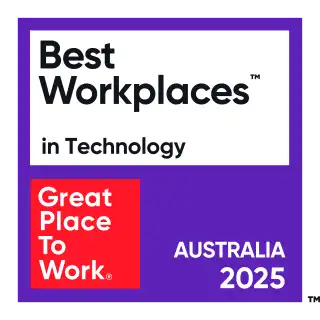And what to do about it.
As with many other organisations, most CRE companies have developed or acquired different systems for different business lines over time. While each system might work well for its specific business function, this approach has created complex technology ecosystems that can lead to operational challenges.
The impact of silos
- Data silos: As CRE companies have grown, they have become even more complex and reliant on different systems. This creates data silos that impede the ability of companies to easily unify and share data to meet a multitude of business requirements.
- Reliance on manual processes: Silos tend to increase dependence on manual processes such as spreadsheets and emails as businesses try to bridge the gap between their various systems. Manual processes are labour-intensive, costly, slow and subject to human error.
- Fragmented experiences: Silos lead to broken user experiences as it becomes extremely difficult, if not impossible, for CREs to deliver engaging digital self-services across often incompatible systems supported by manual processes. Employees and customers must log onto multiple systems to complete even simple tasks.
- Difficulty extending multiple core systems: CREs often seek to overcome silos by extending their ERP capabilities. However, customising and extending existing systems is complex and expensive, leading to painful and costly upgrades. It also compromises the integrity of the ERP, resulting in performance issues and warranty loss.
How our customers overcame these challenges
Here are some real-world examples of how our Commercial Real Estate customers were able to overcome data silos and deliver the unified user solutions they needed. They chose to rethink their application architecture strategy and adopt the OutSystems AI-powered low-code software development platform as a unifying, interoperable layer on top of their core systems, including SAP, Salesforce, and ServiceNow, to name a few.
An automated approvals process replaces manual paperwork
A company’s existing property management software was supported by extensive manual processes. Building lease managers had to manually review tenant charges, working off large printouts of up to 300 pages. Any required changes were manually marked on these printouts and sent to another team for processing. This manual rent roll approval process was time-consuming and error-prone. Guided by PhoenixDX using the OutSystems platform, the company replaced their existing software and manual processes with a solution that automates the review and approval process. The app automatically sends the rent roll to their SAP for billing, streamlining the entire process. A dashboard provides oversight, creating transparency for team members and management.
A unified user experiences layer creates a bridge across multiple core systems
A leading commercial property firm had pursued a best-of-breed technology approach, employing market-leading applications for each of its core capability requirements. However, they soon discovered:
“…this doesn’t create the best experience for end users because the reality of business processes is that they tend to cross different platforms. We were missing a unified, consistent experience for our employees, customers and suppliers.” – Head of Strategy, Leading Property Firm
Retaining their best-of-breed landscape applications as their foundation layer, they progressively built a front-end layer of custom OutSystems applications that complement and easily integrate with their core applications. As a result, the company can now rapidly deliver unified user experiences, including digital self-services, that boost employee productivity and improve the tenant experience.
Complementing an SAP proves a better choice than messy customisations
A diversified property group required a more effective means of creating and processing purchase orders. They initially tried extending their SAP – however, the resulting application had performance issues and was not user-friendly. Working in partnership with PhoenixDX, they built a procure-to-pay platform on top of their SAP in just 8 months. The application seamlessly integrates with their SAP, vastly improving employee user experience and productivity. It also enhances supplier management, purchase order management, service receipts, and invoice tracking.
A fresh approach to application strategy
According to Deloitte, a lack of agile technology infrastructure is one of the biggest barriers to success in the CRE market.
The fresh approach to application architecture offered by OutSystems +PhoenixDX allows CRE firms to overcome this barrier by creating a unified user experience layer that seamlessly integrates with and protects the integrity of their foundational core systems, such as SAP and Yardi.
If your commercial property processes—such as financial reporting, procurement, contract negotiations, tenant experience, property management, and regulatory compliance—span multiple business systems, we can help you build future-proof digital solutions that create a bridge to drive unified user experiences, productivity and innovation.
Without sacrificing quality, custom CRE applications can be delivered in months, not years, for a fraction of the cost of traditional software development.
Want to know more? Talk to us.







